Wingtip Vortices and Wake Turbulence
Pilot Institute
MARCH 28, 2025
This horizontal component of lift is called Induced Drag. Its called induced drag since it only exists as a consequence of lift. If youre generating lift, youre stuck with induced drag as well. Increased Drag Moving air around is hard work! What Does the Vortex Strength Depend On?



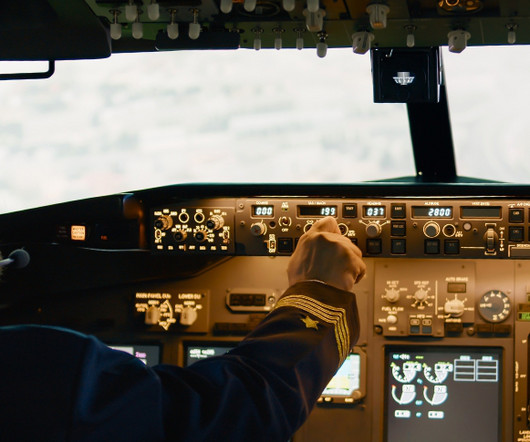
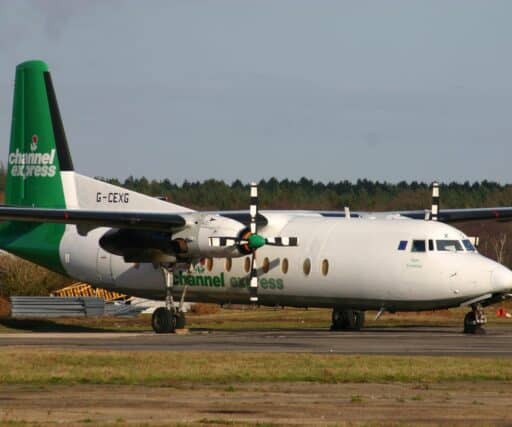


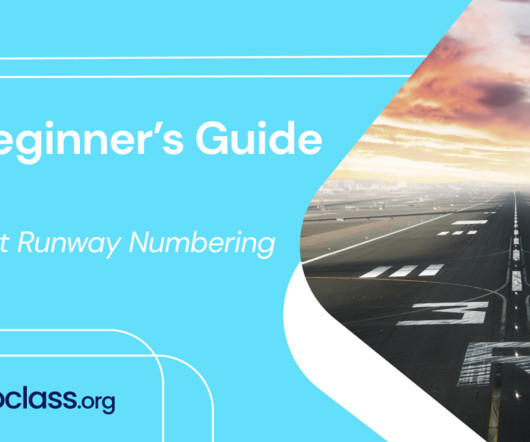
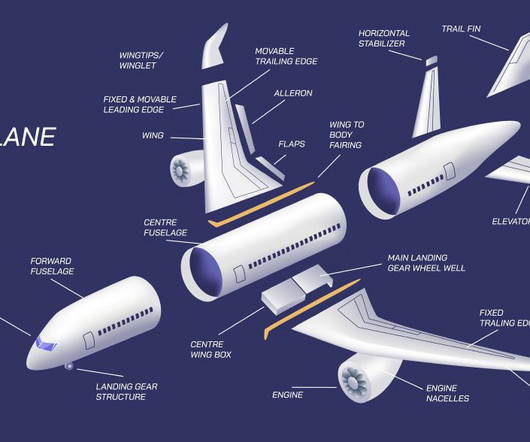

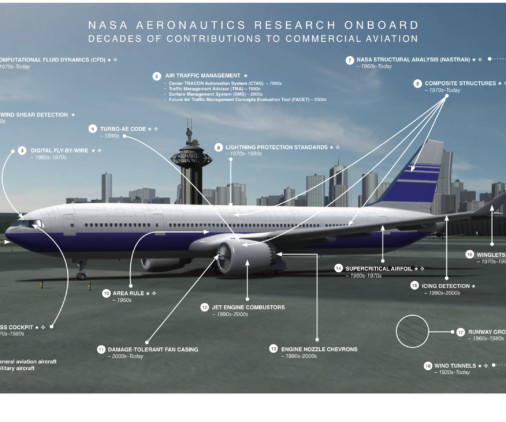
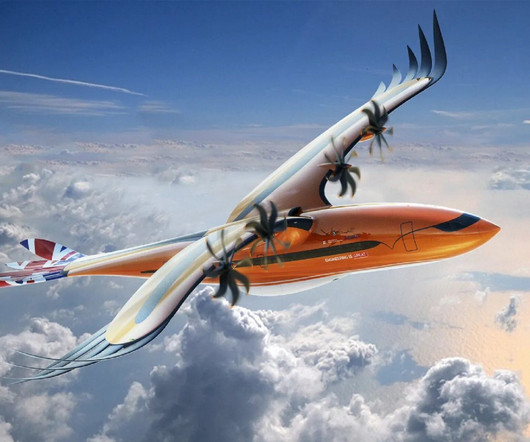












Let's personalize your content